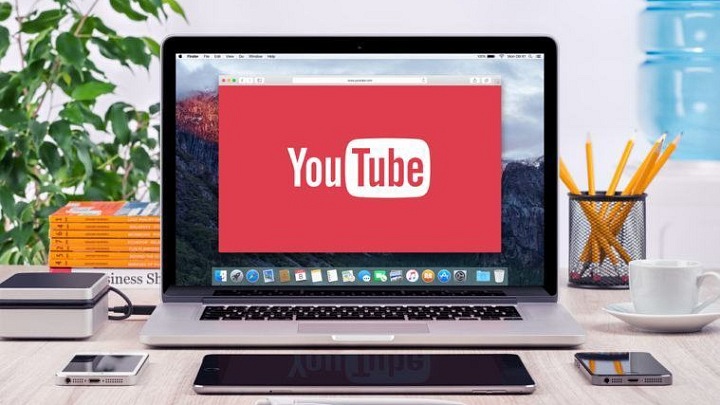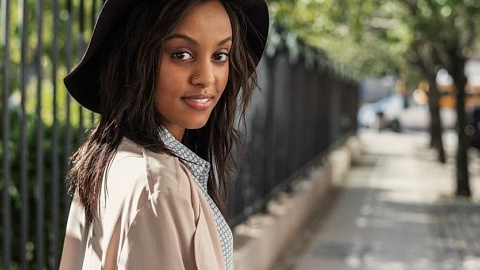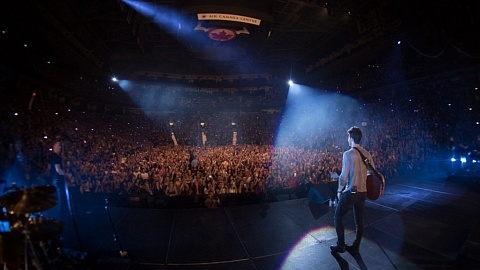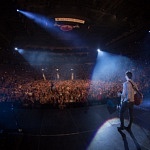YouTube held its annual Brandcast event last week as part of the Digital Content NewFronts, giving the online video industry an exclusive peek into what’s trending, and making big waves on the platform. There were a ton of product announcements, critical data, and quotable quotations to share, so after bringing you up to speed on what you may have missed at the fifth annual Brandcast in New York, Greg Jarboe from Reelseo examines the trends in the digital video marketing business and pose half a dozen questions that video marketers need to ask their company or their clients to gauge if they need to change their online video strategy.
YouTube 2016: New Statistics and Data
A ton of research was released by YouTube last week. Here are just some of the highlights:
- YouTube reaches more US 18-49 year-olds during prime time than the top 10 TV shows combined.
- Brands that advertise on YouTube rather TV during prime time reach 56% more of this age group.
- The number of hours spent watching YouTube on TV screens more than doubled YOY in Q4 2015
YouTube announced that the top rated YouTube Kids app has exceeded over 10 billion views in a year. - Among US teens, 8 of the top 10 most popular and influential celebrities are YouTube stars.
- Over 800 additional YouTube creators surpassed one million subscribers.
- 6 in 10 YouTube subscribers say their views of a brand or company have been influenced by a creator.
5 Trends in the Digital Video Marketing Business
The first Digital Content NewFronts was launched back in 2008 and the first YouTube Brandcast was held in 2012. And every year since then, the major players in digital content have pitched their programming to advertisers. Along with those pitches has come a dizzying amount of new research and critical data, including the newest facts and figures that were announced at the fifth annual YouTube Brandcast event.
So, now is a good time to look at the latest trends in the digital video marketing business and use them to finally change the highest paid person’s opinion (HiPPO), which was probably shaped during an earlier era that featured fewer bigger, longer moments manufactured by the media and marketing industries – moments like soap operas, the “Seinfeld” finale, and pivotal sports games. Now is the time to ask these executives who are intelligent, but may still be living in the past, half a dozen questions to gauge if “we” are still making the most out of “our” online video strategy. Hey, if you really told the highest paid person in the office what you think, you’d probably have to update your resume. So, simply ask the follow questions:
- Are we reaching the mobile majority? When it comes to reaching our target audience, the smallest screen offers us the biggest opportunity.
- Are we reaching our entire target audience? We could be missing a sizeable chunk of our audience if we’re only advertising on TV. We can fill the gap by pairing TV with online video. In fact, advertisers on primetime broadcast TV could have reached 56% more 18-49 year-olds by also advertising on YouTube.
- How are we addressing online video viewability? For our brand to have impact, it needs be seen and heard. On YouTube, engaged audiences mean that 91% of impressions are viewable compared to an industry average of 54%.
- What content holds our audience’s attention? YouTube creators have more influence than ever. This year alone, four-fifths of the top 10 most influential American celebrities among US teens came out of the YouTube ecosystem.
- Does our video strategy drive sales? A lot of advertisers see online video as a way to build awareness – and it certainly is. But online video also plays a critical role later in the purchase journey.
- Are we ready for what’s next? People are spending more time than ever on YouTube, in part because of innovations like virtual reality, 360 video, and casting to TVs.
Now, I realize that you “get it.” That’s why you’re a regular reader of ReelSEO. But, I also realize that we’ve all been trying to change the HiPPO for years with only limited success. How limited? Well, eMarketer forecasts that U.S. ad spending for TV will be $70.6 billion in 2016, while spending on digital video will be $9.8 billion.
Read More: Reelseo
Written: Greg Jarboe











